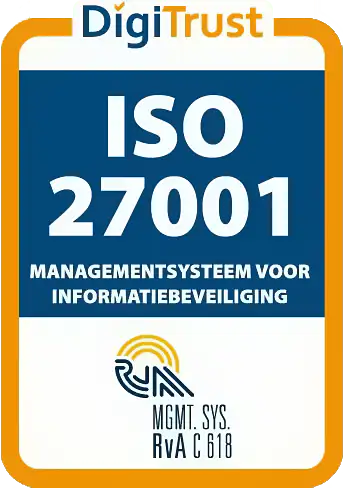The combination of a quality management system and learning system broadly offers three advantages.
1 – The learning offering (video, text and/or testing) is in the right place, namely at the heart of the quality management system where the only correct information is shown to the right person at the right time.
2 – While working with risk management, improvement actions, deviations, controls, process management, etc., you can easily bridge the gap to learning, competences and qualifications.
3 – Employees are stimulated to think and work from the quality management system. This means it’s more than just a tool for that ISO certificate or to pass an audit. It has become a tool that helps with the continuous professional development of your employees.




